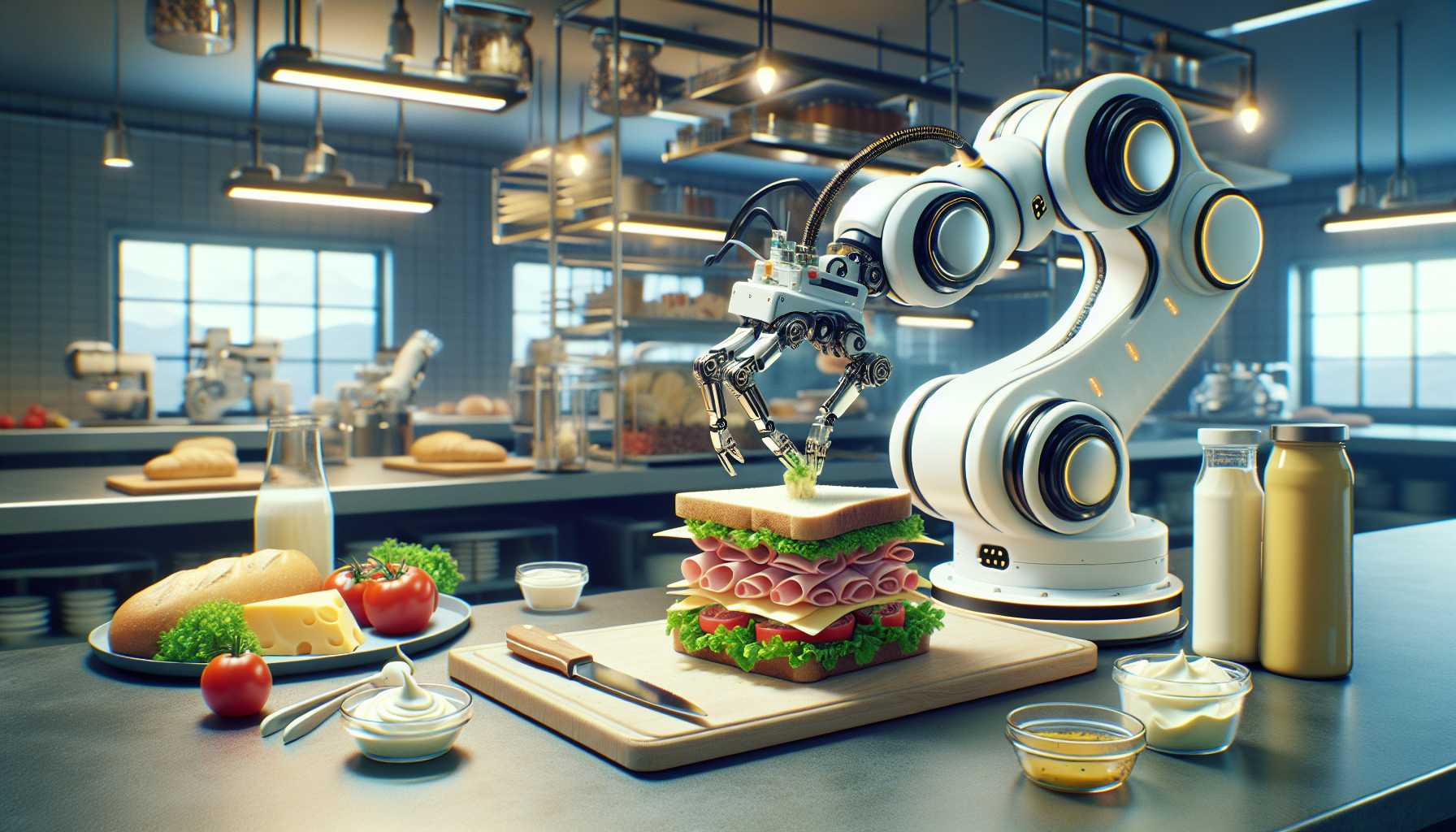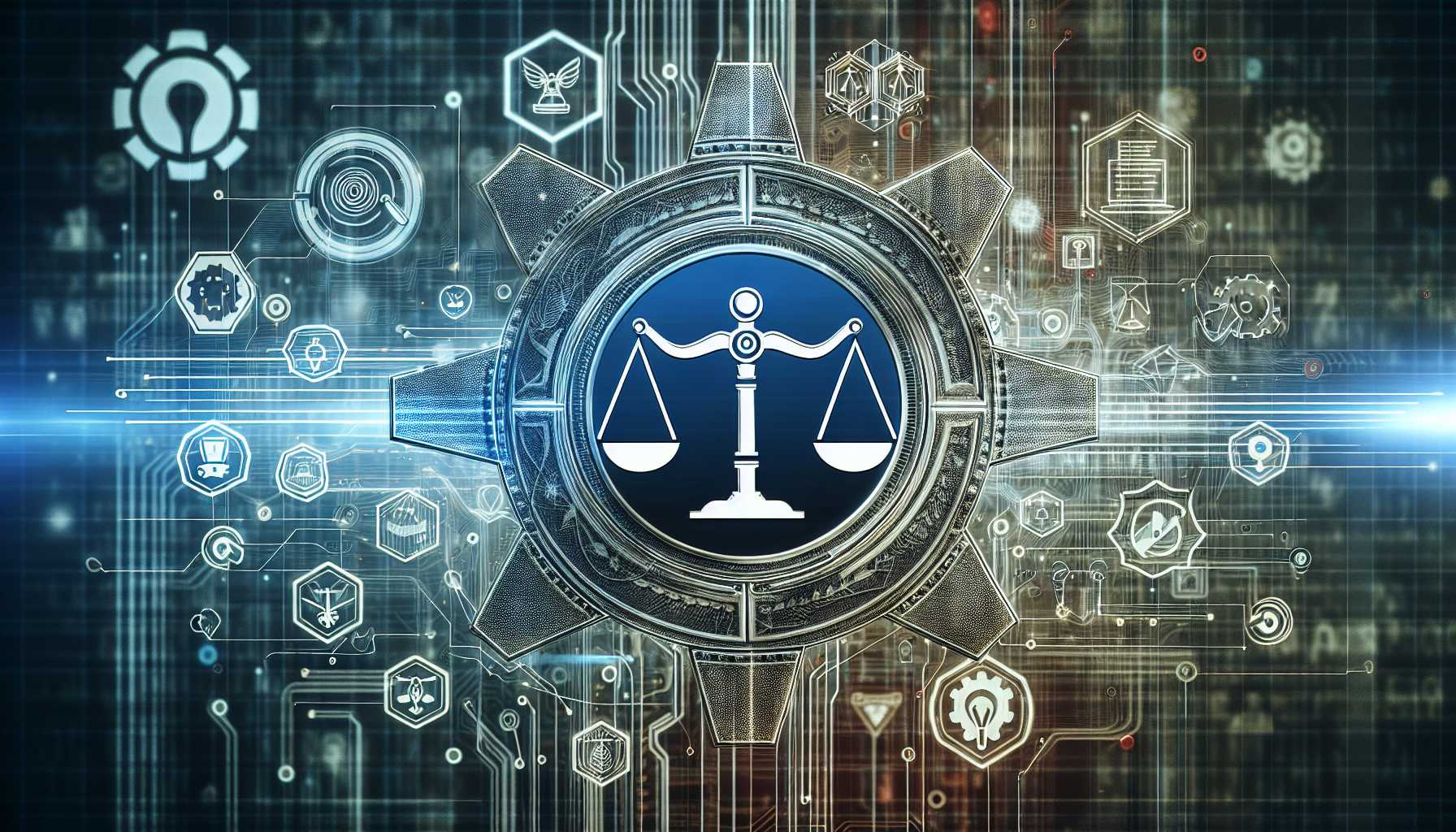
The Surprising HP and Juniper Networks Merger: Is it Really About AI?
When tech giant Hewlett Packard Enterprise (HPE) announced plans to snap up Juniper Networks for a whopping $14 billion, the tech world took a breath of surprise. This move comes soon after HP’s acquisition of Aruba in 2015, stoking the flames of their networking business. But, twist alert—it’s not the network synergy that’s the headline here; it’s the AI angle that’s caught my investor’s intuition. Juniper CEO Rami Rahim fuels the intrigue by hinting that this acquisition is less about networking and more about “delivering more comprehensive, truly end-to-end experience-first AI-native solutions.” Now that’s a mouthful of tech jargon that makes my data-driven heart flutter! As much as we all have a taste for acronyms and catchphrases, what intrigues me is the practical, revenue-generating potential of such “AI-native” adventures. The deal comes with a 32% premium over Juniper’s recent stock prices, suggesting an offer difficult to refuse. While regulatory hurdles may loom overhead, one can’t help but ponder if this is genuinely an insightful AI pursuit, or a savvy business play dressed in AI’s allure.
Automation in the Kitchen: Robots Crafting Your Next Meal?
 Step aside, human chefs—Robotics as a Service (RaaS) is cooking up a storm. Robots like Flippy are flipping burgers at chain restaurants, while others like Chef Robotics are getting a juicy $14.75 million funding to gear up their go-to-market strategy. These machines aren’t just about sizzling patties; they’re assembling your meals with nuanced dexterity, learning from sensors and AI-driven decision software, ChefOS. This is where the technical jargon becomes delectably tangible. Imagine robots juggling ingredients with finesse honed by a multitude of sensors and a database of culinary techniques. It’s not just cooking; it’s an algorithmic dance powered by AI. Chef Robotics makes a strategic play by using off-the-shelf hardware components—why reinvent the wheel when you can program it to whisk like a Michelin-starred chef, right? The big catch? They claim their revenue has quadrupled. That’s the kind of growth story that’d make any investor reach for their checkbook.
Step aside, human chefs—Robotics as a Service (RaaS) is cooking up a storm. Robots like Flippy are flipping burgers at chain restaurants, while others like Chef Robotics are getting a juicy $14.75 million funding to gear up their go-to-market strategy. These machines aren’t just about sizzling patties; they’re assembling your meals with nuanced dexterity, learning from sensors and AI-driven decision software, ChefOS. This is where the technical jargon becomes delectably tangible. Imagine robots juggling ingredients with finesse honed by a multitude of sensors and a database of culinary techniques. It’s not just cooking; it’s an algorithmic dance powered by AI. Chef Robotics makes a strategic play by using off-the-shelf hardware components—why reinvent the wheel when you can program it to whisk like a Michelin-starred chef, right? The big catch? They claim their revenue has quadrupled. That’s the kind of growth story that’d make any investor reach for their checkbook.
Intel’s CEO Calls Stock Sell-Off an Overreaction: AI to the Rescue?
 Let’s switch gears to the semiconductor sandscape. Intel CEO Pat Gelsinger plays defense following a sharp decline in the company’s stock price after a lukewarm forecast. Gelsinger calls it an overreaction, pointing toward the company’s AI-infused turnaround. The plan? To unleash a hailstorm of new AI-compatible chips, thoughtfully designed to boost areas like their data center and Mobileye businesses. The market, though, begs to differ—skeptical of Intel’s growth story, particularly the expectation of 40 million AI PC shipments by 2024. Nevertheless, showcasing AI chips designed for generative AI software paints a vivid picture of Intel’s strategic map. But hey, let’s not sugarcoat it—shares plunged 11%. A splash of AI promise needs to translate into a torrent of profits before Wall Street buys into the dream.
Let’s switch gears to the semiconductor sandscape. Intel CEO Pat Gelsinger plays defense following a sharp decline in the company’s stock price after a lukewarm forecast. Gelsinger calls it an overreaction, pointing toward the company’s AI-infused turnaround. The plan? To unleash a hailstorm of new AI-compatible chips, thoughtfully designed to boost areas like their data center and Mobileye businesses. The market, though, begs to differ—skeptical of Intel’s growth story, particularly the expectation of 40 million AI PC shipments by 2024. Nevertheless, showcasing AI chips designed for generative AI software paints a vivid picture of Intel’s strategic map. But hey, let’s not sugarcoat it—shares plunged 11%. A splash of AI promise needs to translate into a torrent of profits before Wall Street buys into the dream.
AI Startup Anthropic Stumbles But Does Not Fall
 Silicon Valley’s anthill is aflutter with Anthropic, the AI startup ruffling some serious feathers. In a twist of fate, a non-sensitive data leak courtesy of a contractor precedes investigations by the FTC into the startup’s partnerships with tech powerhouses Google and Amazon. The rumor mill whispers of $6 billion in collective backing, kicking up concerns about fair competition. Here’s where the news hits a climax: a startup valued at a stratospheric $18.4 billion, not without its troubles, yet remains in the spotlight for its AI prowess. They’re leveraging the cloud security services and AI chips of their mighty patrons Google and AWS to dial their AI development to eleven. Anthropic’s Faux Pas serves as a stark reminder of AI’s fragile human element, driving home the point that errors are just a keystroke away, even in the AI domain.
Silicon Valley’s anthill is aflutter with Anthropic, the AI startup ruffling some serious feathers. In a twist of fate, a non-sensitive data leak courtesy of a contractor precedes investigations by the FTC into the startup’s partnerships with tech powerhouses Google and Amazon. The rumor mill whispers of $6 billion in collective backing, kicking up concerns about fair competition. Here’s where the news hits a climax: a startup valued at a stratospheric $18.4 billion, not without its troubles, yet remains in the spotlight for its AI prowess. They’re leveraging the cloud security services and AI chips of their mighty patrons Google and AWS to dial their AI development to eleven. Anthropic’s Faux Pas serves as a stark reminder of AI’s fragile human element, driving home the point that errors are just a keystroke away, even in the AI domain.
AI Deepfakes: A Digital Pandemonium
 The tech world’s Pandora’s box—deepfakes—spiraled into infamy with explicit fabrications of pop icon Taylor Swift. The incident propels Microsoft CEO Satya Nadella into the hot seat, highlighting the gravity of regulating AI technologies like Microsoft Designer. Nadella’s admission of alarm and call to action underlines a pivotal moment in AI’s narrative. Yet, it’s not all doom and gloom. Techniques to sniff out these AI replicants are advancing, as proven by The New York Times’ nifty AI vs. human face challenge. As a tech enthusiast and advocate of responsible AI use, I can’t stress enough the urgency for robust digital ethics in today’s AI-driven landscape. This mosaic of AI unfolding in the industry paints a picture of a technology on the cusp of greatness and peril. From corporate mergers with an AI twist, kitchen robots raising the culinary bar, Intel’s AI chip gambit, to Silicon Valley startups navigating rough regulatory waters, and deepfake dilemmas—the tech world is nothing short of a blockbuster thriller. Stay tuned, tech aficionados, because the AI story is only getting started. Will it be a tale of innovation and marvels, or cautionary tales? Only time, and perhaps a bit of our own coding, will tell.
The tech world’s Pandora’s box—deepfakes—spiraled into infamy with explicit fabrications of pop icon Taylor Swift. The incident propels Microsoft CEO Satya Nadella into the hot seat, highlighting the gravity of regulating AI technologies like Microsoft Designer. Nadella’s admission of alarm and call to action underlines a pivotal moment in AI’s narrative. Yet, it’s not all doom and gloom. Techniques to sniff out these AI replicants are advancing, as proven by The New York Times’ nifty AI vs. human face challenge. As a tech enthusiast and advocate of responsible AI use, I can’t stress enough the urgency for robust digital ethics in today’s AI-driven landscape. This mosaic of AI unfolding in the industry paints a picture of a technology on the cusp of greatness and peril. From corporate mergers with an AI twist, kitchen robots raising the culinary bar, Intel’s AI chip gambit, to Silicon Valley startups navigating rough regulatory waters, and deepfake dilemmas—the tech world is nothing short of a blockbuster thriller. Stay tuned, tech aficionados, because the AI story is only getting started. Will it be a tale of innovation and marvels, or cautionary tales? Only time, and perhaps a bit of our own coding, will tell.





